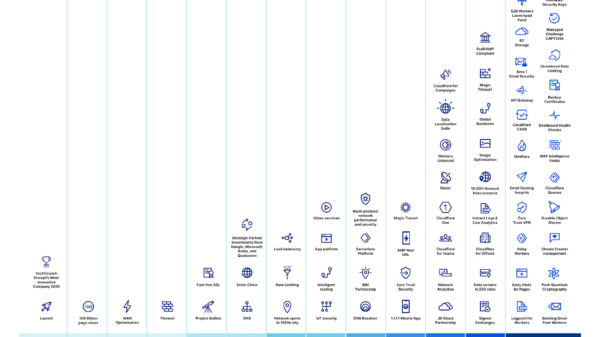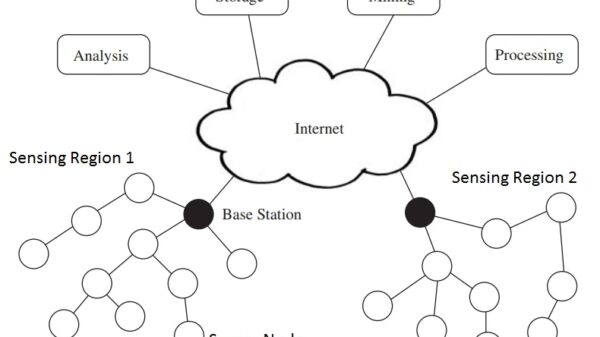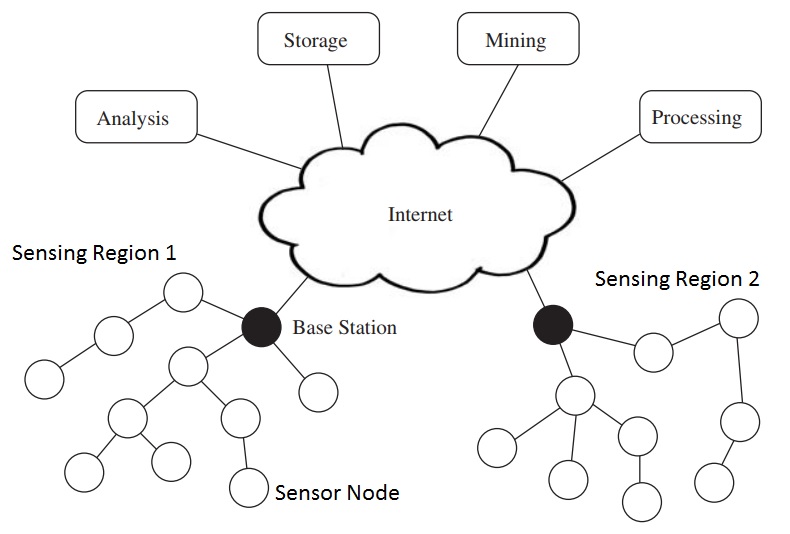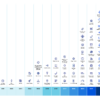Here are 10 factors that affect the cost of wireless sensor networks:
- Number of sensors: The number of sensors in a network is the most significant factor affecting its cost. The cost of each sensor varies depending on its capabilities, but in general, the more sensors in a network, the higher the cost.
- Range and bandwidth: The range and bandwidth requirements of a network also affect its cost. Longer ranges and higher bandwidths require more expensive components, such as radios and amplifiers.
- Power consumption: The power consumption of a network is another important factor affecting its cost. Sensors with lower power consumption can be battery-powered, which can save significant costs over time.
- Data security: The need for data security can also increase the cost of a network. Security features, such as encryption and authentication, can add to the cost of sensors, network infrastructure, and software.
- Deployment environment: The deployment environment can also affect the cost of a network. Sensors deployed in harsh environments, such as those with extreme temperatures or humidity, may require more expensive components.
- Maintenance and support: The cost of maintenance and support for a network can also be significant. Networks with a large number of sensors or that are deployed in remote or difficult-to-access locations may require more frequent maintenance and support, which can add to the overall cost.
- Technology obsolescence: The technology used in wireless sensor networks is constantly evolving. As new technologies become available, the cost of older technologies may decrease. However, networks that use older technologies may need to be upgraded to take advantage of new features and capabilities, which can add to the overall cost.
- Vendor lock-in: The use of proprietary components or software can lock a network into a particular vendor. This can make it difficult and expensive to switch to a different vendor if the need arises.
- Government regulations: Government regulations, such as those governing privacy and security, can also add to the cost of a network. Networks that collect or transmit sensitive data may need to comply with additional regulations, which can increase the cost of the network.
- Customization: The need for customization can also increase the cost of a network. Networks that are customized to meet specific requirements may require more expensive components, software, and development time.
The cost of a wireless sensor network can vary significantly depending on the specific requirements of the application. The factors listed above should be considered when designing and deploying a wireless sensor network to ensure that the cost is justified by the benefits.
In addition to the factors listed above, there are a number of other factors that can affect the cost of a wireless sensor network, such as the cost of training personnel to operate and maintain the network, the cost of software licenses, and the cost of network infrastructure, such as routers and switches.















